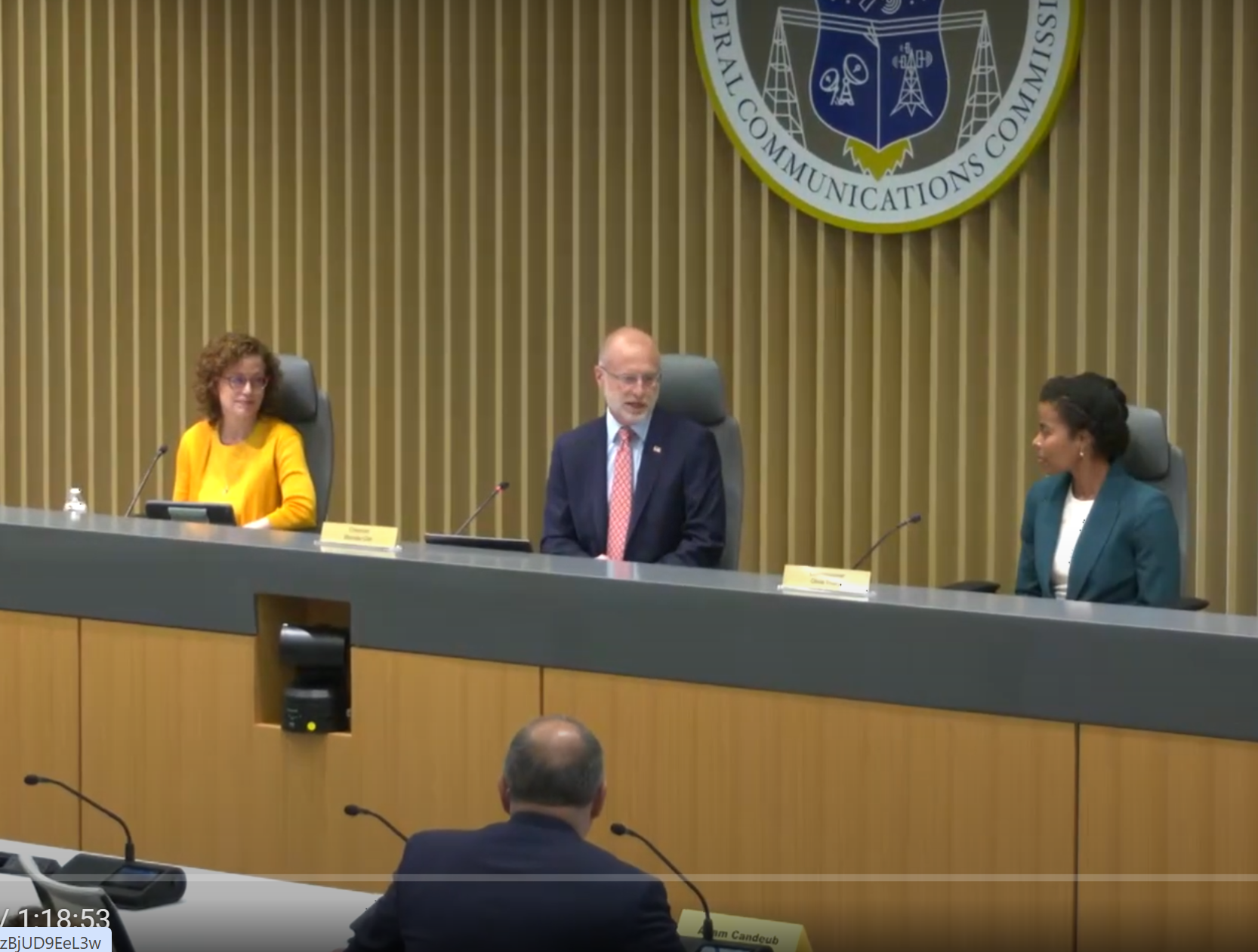Researchers are continuing to find new ways to use RF spectrum more efficiently. More than 10 years ago, in my article Exotic Modulation – Beyond 8-VSB, I described how new technology could modulate space (using what is now called MIMO and used in 802.11n and LTE wireless systems), and time (ultra-wideband, which is not as widely adopted).
Last week I discussed research on antenna and digital cancellation techniques that would allow the same spectrum to be used for full bandwidth simultaneous reception and transmission. This week I stumbled on another technology that, according to an article Adding a twist to radio technology – Spiraling radio waves could revolutionize telecommunications in Nature, which suggests that the bandwidth available to mobile phones and laptop computers could be increased by a factor of nine "almost immediately" by carefully positioning four antennas inside the devices.
The extra bandwidth is obtained by transmitting signals with different amounts of "twistedness" on the same frequency. The physics behind this is really too complex to get into here, but is based on the vorticity, or orbital angular momentum (OAM) observed in light and electromagnetic fields from sources very near the black-hole event horizon.
The Swedish Institute of Space Physics Press Release Twisted Light Can Reveal Spinning Black Holes and Plasma Clouds in Space explains, "OAM is one of many properties that are carried by all types of electromagnetic radiation, including radio and light, that exist in nature. It is a kind of twist that causes the beam of radiation to spiral around its axis in a vortex like a tornado. Just as there is light of different colors, there is light of different twists. It is only that these twists have gone mostly unnoticed by astronomers and space physicists until now."
In that press release Swedish Institute of Space Physics Professor Bo Thidé commented that this principle could be applied to radio waves.
"We have recently shown experimentally how OAM and vorticity can be readily imparted onto low-frequency radio beams and received far away and analyzed there," said Thidé. "This opens the possibility to work with photon OAM at frequencies low enough to allow the use of antennas and digital signal processing, thus enabling software-controlled experimentation and space observations in manner that is not possible with other means."
For the tests described in the Nature article, Thidé and Fabrizio Tamburini, from the University of Padua, Italy, used a an eight-stepped spiral-staircase-like structure to reflect the signal from an antenna similar to the ones used on standard wireless routers. The structure twisted the normally planar wavefront and caused it to take on the shape of the reflector. The researchers used a pair of antennas seven meters away to measure the intensity pattern as one of the antennas was moved around the beam.
In the Nature article, Tamburini speculates that just as different wavelengths can be propagated together without interference, and thus increasing the number of signals that can be transmitted, transmission bandwidth be increased by "simultaneously transmitting waves with the same frequency but different degrees of twistedness."
More work is needed to see how the technology will work in a real-world environment with interference from other reflectors. Visit the researchers' Vortici & frequenze Website for updates. By the way, Bo Thidé's interest in electromagnetics are not purely academic, he holds the ham radio call sign SM5DFW.
The professional video industry's #1 source for news, trends and product and tech information. Sign up below.

Doug Lung is one of America's foremost authorities on broadcast RF technology. As vice president of Broadcast Technology for NBCUniversal Local, H. Douglas Lung leads NBC and Telemundo-owned stations’ RF and transmission affairs, including microwave, radars, satellite uplinks, and FCC technical filings. Beginning his career in 1976 at KSCI in Los Angeles, Lung has nearly 50 years of experience in broadcast television engineering. Beginning in 1985, he led the engineering department for what was to become the Telemundo network and station group, assisting in the design, construction and installation of the company’s broadcast and cable facilities. Other projects include work on the launch of Hawaii’s first UHF TV station, the rollout and testing of the ATSC mobile-handheld standard, and software development related to the incentive auction TV spectrum repack. A longtime columnist for TV Technology, Doug is also a regular contributor to IEEE Broadcast Technology. He is the recipient of the 2023 NAB Television Engineering Award. He also received a Tech Leadership Award from TV Tech publisher Future plc in 2021 and is a member of the IEEE Broadcast Technology Society and the Society of Broadcast Engineers.
